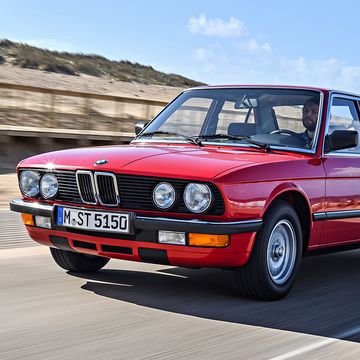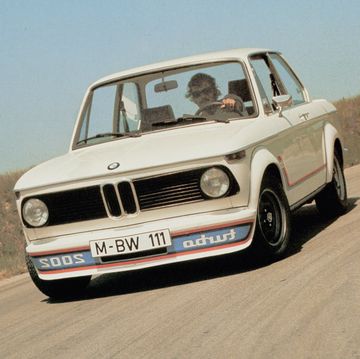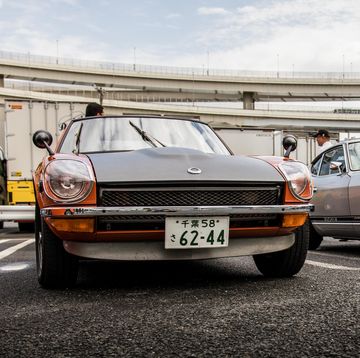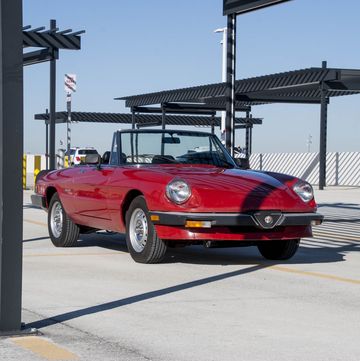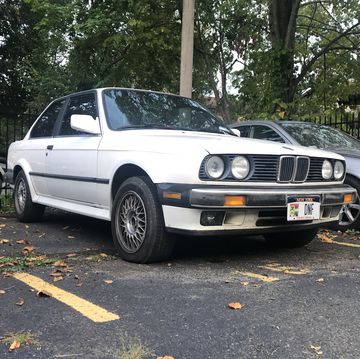Ever wonder how a traffic light works? Today, they're mostly computer controlled, just like everything else. But up until recently, they were fully mechanical, each intersection timed by an ingenious bit of circuitry that, when properly set up, allowed for complex traffic flows from all directions.
But if you go all the way back to the 1930s, the state of traffic lights is almost bafflingly complex. Before the traditional red-yellow-green three-light array was standardized across the United States, seemingly every town in America had a different system of traffic signals. And if you weren't versed in a town's particular choice of signal, you were in for a hell of a time.
That's what we learn from this Jam Handy film from 1937, explaining both the traffic signal's mechanical design and the many varieties of signals you might come across as you drove through this great nation back then. In some arrangements, the yellow light meant go; in others, it meant stop. Some towns used a clockwork device with no lights at all, while others used the semaphore system, with STOP and GO placards rotating in and out of a housing like mechanical arms.
It's dizzying enough to make you appreciate the predictability of the red-on-top three-light signal, where green is go, yellow means slow down, and red is stop. Though if you're driving through the Tipperary Hill neighborhood of Syracuse, NY, you'll still be in for a bit of a surprise: At the intersection of Milton Avenue and Tompkins Street, the traffic lights show green on top, a nod to the neighborhood's Irish roots.
Anyway, here's the irascible Jam Handy with a concise, beautifully illustrated explanation of how traffic signals worked when your granddad was tooling around town in a Model A. You'll never curse at a standardized, computer-controlled traffic signal again.
Okay, maybe that's not true. But you'll still dig this explanation of the traffic lights of yore.

Bob Sorokanich previously served as deputy editor of Road & Track Magazine. He is based in New York City.


